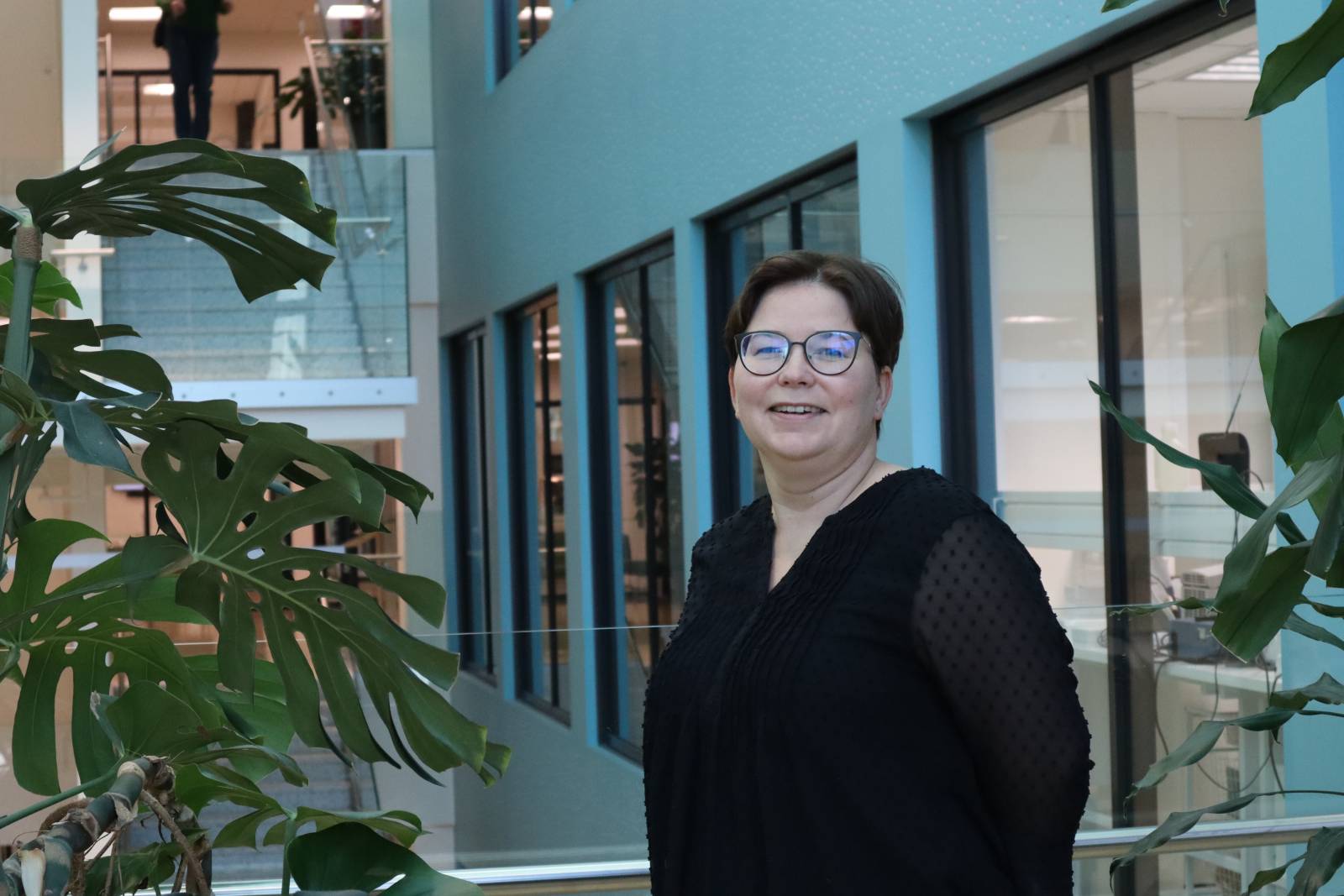Text: Johanna Laakkonen
From patients to organ-on-chip platforms
After graduating from the biochemistry master’s program at the University of Kuopio, Sanna Hagman continued as a Ph.D. student at Tampere, in prof. Irina Elovaara’s research group. Her thesis focused on biomarkers of MS, and it was finalized in 2011. In 2016 Hagman continued working in the Neuro group, led by Susanna Narkilahti.
Throughout her PhD, Hagman acquired knowledge about the clinical aspects of MS, such as disease prediction and medical interventions for the disease. She gained an understanding of what types of drugs need to be developed to get more optimal treatment for MS patients. In the Neuro group, she jumped to the world of stem cell technology and learned to use organ-on-chip platforms for modelling the neuroimmunological diseases. Receiving a 5-year Academy fellowship grant in 2020 allowed her to start a new group at the beginning of the year 2022 for combining these two topics by modeling MS with neuroinflammatory disease models.
The career path of short patches
Hagman is the first apple in her family tree who has fallen into an academic career. The path hasn´t always been easy, as for most of her career she had only short-term contracts, sometimes even just a couple of months at a time. Strong working morale is something she finds to be an important lesson from home and a real asset in doing scientific work:
“I want to show with my example, that with hard work it´s possible to succeed.”

Quality over quantity
Taking care of one’s well-being is important for Hagman.
“Occasionally, working really long hours is necessary while doing research, but sufficient free time is also vital to avoid burning out. “
For Hagman, the best ways to detach from working mode are spending time with her family and exercising with the family dogs.
The Neuroimmunology group will celebrate its second anniversary next spring. Now the group consists of a handful of researchers. Hagman describes her group members as “an excellent team of people who are enthusiastic to work towards their common goal” – understanding the mechanisms behind MS.

